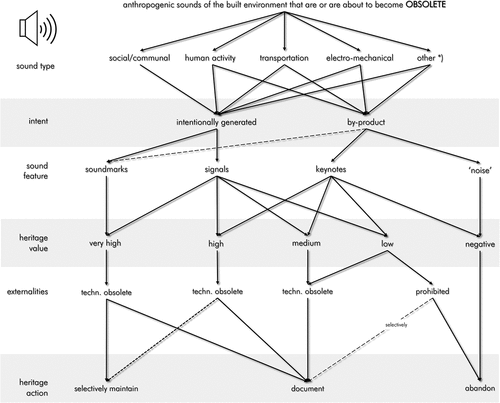Figures & data
Table 1. Sound making devices referenced in NSW state heritage register (note: some entries make reference to more than one sound source). Analysed from NSW Heritage Office (Citation2018).
Figure 1. The now obsolete fog bell at Fort Denison, NSW (Spennemann and Parker Citation2020).
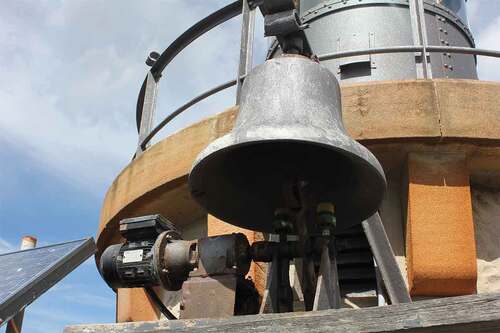
Figure 2. Examples of church bells. clockwise from top left: campanile bell at tomago house and chapel, tomago, NSW; Single tower bell at St Mary and pope kyrillos Coptic orthodox church, cundletown, NSW; Bell tower housing diatonically tuned set of bells at Christ Church St Laurence Anglican church, Sydney; multiple tower bells at St Nicholas Greek Orthodox Church, Marrickville, NSW (all photos M Parker).
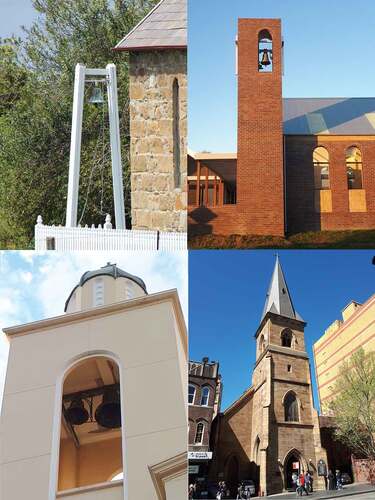
Figure 3. Vinyl 7” recording of church bell sounds generated by two churches in Berkshire (UK) (His Master’s Voice Citation1968) (Parker and Spennemann Citation2021b).
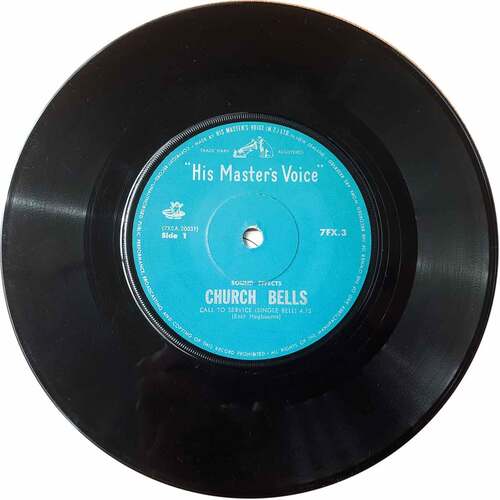
Figure 4. Fog diaphone signal and mechanism shed. left low head light station, low head, Tasmania; right: Point Lonsdale light station, Point Lonsdale, Victoria (Photos M Parker).
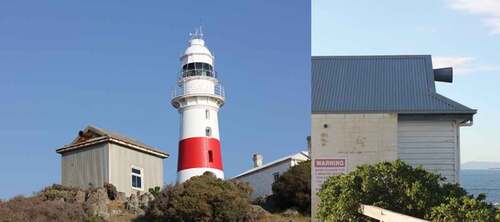
Figure 5. Proposed classification and heritage action framework for anthropogenic sounds of the built environment that are still in use. *) Other may include natural sounds occurring in the built environment as a direct consequence of design and planning actions, e.g. water features, bird song.
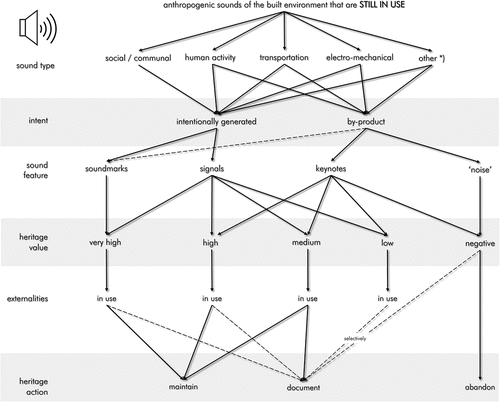
Figure 7. Proposed classification and heritage action framework for anthropogenic sounds of the built environment that have or are likely to become technologically obsolete or become legislatively restricted or prohibited. *) Other may include natural sounds occurring in the built environment as a direct consequence of design and planning actions, e.g. water features, bird song.
